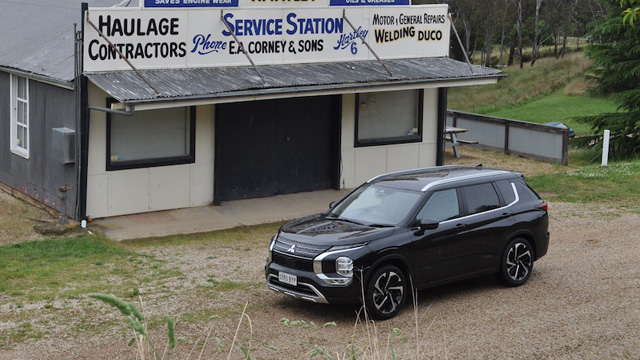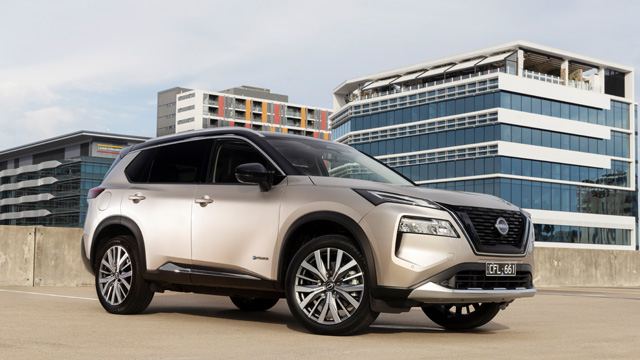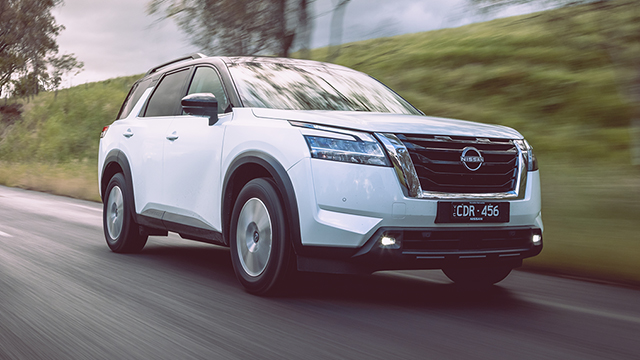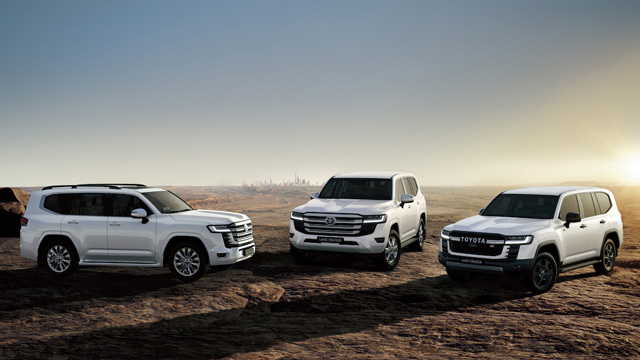2023 Ford Escape PHEV review
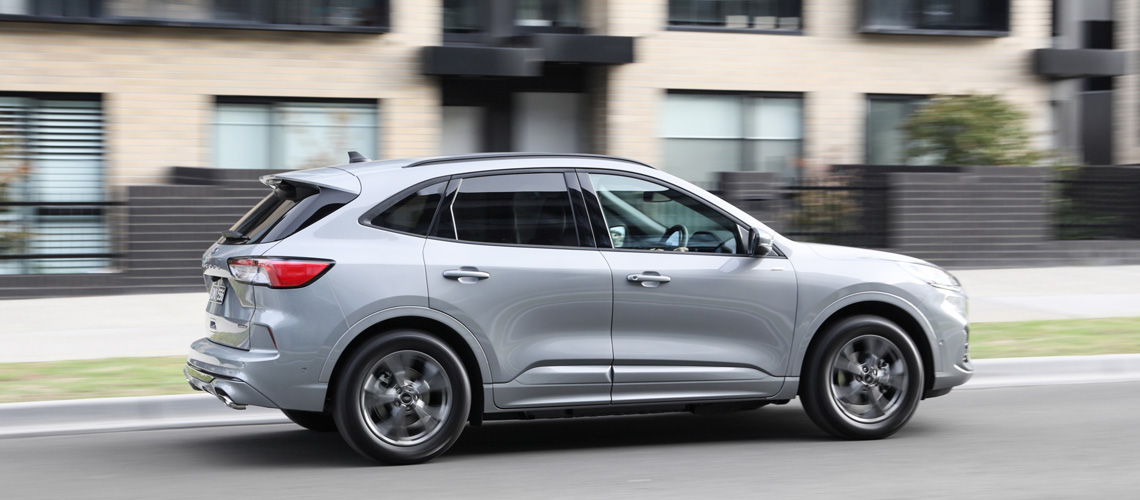
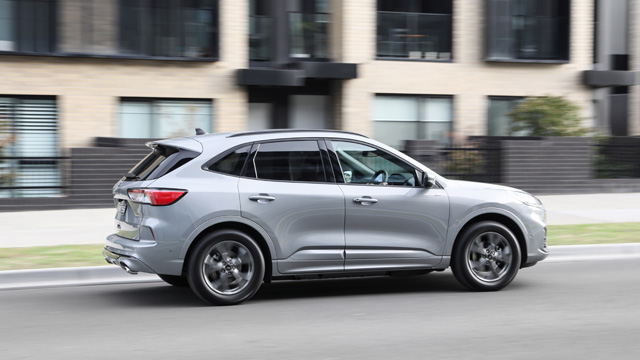
The Ford Escape plug-in hybrid electric vehicle (PHEV) fires the first salvo in the brand’s Australian electrification strategy.
The Ford Escape nameplate stretches back to 2001, when it was part of a model sharing initiative between Ford and Mazda. Early models proved popular with buyers, but product sharing ceased and the Escape lost its way over the years. It was rebadged with its European name, Kuga, before reverting to Escape in 2017.
What are the 2023 Ford Escape’s PHEV competitors?
The ST-Line PHEV (2WD only) tops the Escape range at $54,940. Direct competitors in the PHEV space include the Mitsubishi Outlander PHEV (starting at $55,490), Haval H6 1.5 Hybrid ($45,990) and MG HS Excite PHEV ($49,690). While the Nissan X-Trail e-Power isn’t a PHEV, with a claimed fuel consumption of 6.1L/100km it would also be in the mix, as would Toyota’s RAV4 Hybrid (priced at $40,550 for the 2WD GX).
How does the 2023 Ford Escape PHEV rate for power, torque and fuel efficiency?
Ford’s PHEV powertrain consists of a 2.5-litre petrol engine, electric motor, and generator with a 14.4kWh lithium-ion battery for a combined 167kW of power. Drivers can choose from four drive modes: battery only, petrol engine only, a combination of both, or charging the battery during driving. All this tech delivers a claimed fuel consumption of just 1.5L/100km. This sounds frugal, but when you exhaust the battery’s 50km range and rely on the petrol engine, the figure heads northward and we saw a 4.8L/100km average on test.
Ford’s PHEV powertrain package is excellent. It remains quiet even when the petrol engine is in use, with the transition from electric to petrol –
or a combination of both – occurring seamlessly. While it lacks the grunt of the regular Escape’s 2.0-litre turbo engine (183kW) and weighs nearly 200kg more, in petrol mode the PHEV has plenty of power.
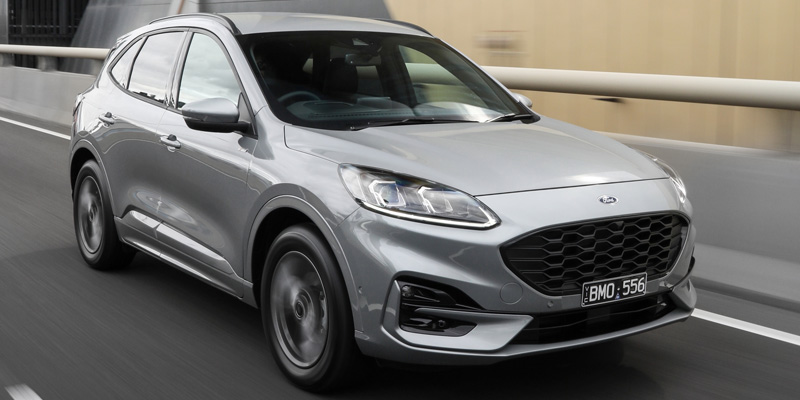
How does the 2023 Ford Escape PHEV drive?
Petrol-engined Escapes inherited Ford’s sporty ride and handling DNA and are sharp with good body control, aided by low profile tyres. The PHEV rides on higher-profile eco tyres that improve ride quality around town without diminishing prowess through corners. The extra battery weight is under the floor of the passenger compartment, lowering the centre of gravity, while its placement between the front and rear wheels improves balance.
When we last reviewed a petrol Escape its steering didn’t set the world on fire and, although the PHEV’s is light and direct, it has an annoying tendency to tug and self-centre at certain times.
How is the 2023 Ford Escape’s styling, technology and interior?
The interior design isn’t quite up to pace compared to the Outlander PHEV and X-Trail. While it’s functional and nicely laid out, with a rotary dial gear selector to improve console space, it lacks detailing. Ford’s voice-activated SYNC 3 system controls the eight-inch infotainment screen and picks up voice commands without the need to repeat them. There’s plenty of kit on board, such as wireless phone charging and dual zone air-con, and our test car was fitted with the $1950 ST-Line pack (powered tailgate, heated front seats, head-up display) and the $1500 park pack, which push the price towards $60,000.
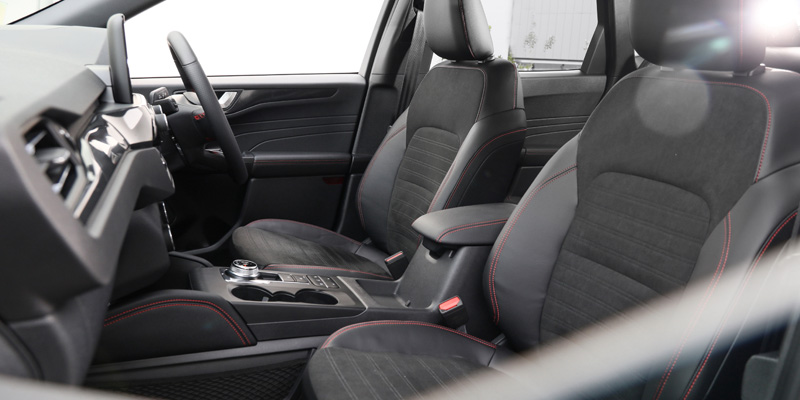
What is the final verdict on the 2023 Ford Escape PHEV?
The name change back to Escape hasn’t given its range the penetration Ford hoped for in the market. This new PHEV variant breathes some fresh life into the line-up, but it comes at a steeper sale price.
Pros: Refinement of PHEV mechanicals
Cons: Bland interior; steering feel







